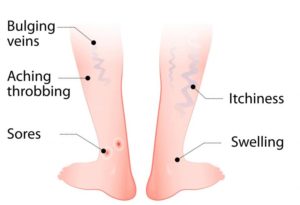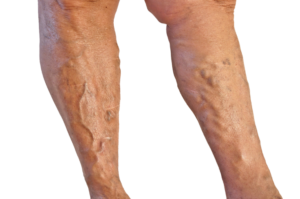Varicose Veins & Treatments
What are Varicose Veins?
Varicose veins are the large, twisting, bulging veins that typically occur in the legs and can become prominent. They can cause a variety of symptoms in the legs including aching, tiredness, heaviness, itching, pain, and night cramps.
At Boston Sans Vein & Esthétiques, we offer several options to treat varicose veins. Click here to request a Varicose Vein appointment or call 617-244-4082.
What Causes Varicose Veins?
Normally, our veins function to return blood from our feet back to our heart. Because the blood flow is against gravity, there are small valves throughout our veins that prevent backwards flow of blood. Over time, veins can become dilated, or stretched out. When this occurs, these valves no longer work properly, and allow blood to flow backwards the wrong way. This is called reflux.
Reflux is the main culprite in varicose veins because when blood flows the wrong way, there is an increase of pressure within the venous system. This increased pressure causes the large, ropey, painful varicose veins. Depending on the amount of reflux, the size and symptoms of varicose veins is variable from person to person.
If you suffer from varicose veins, contact us to evaluate your condition and develop the right treatment plan.
Varicose Vein Symptoms
Varicose veins occur underneath the surface of the skin and appear to look bulging. While many people may not have symptoms from varicose veins, other may experience the following:
- Leg or ankle swelling
- Leg pain
- Heaviness in the legs
- Fatigued or exhausted legs
- Discoloration
- Swelling in the skin
- Skin reddening
- Lipodermatosclerosis
- Rashes
- Ulcers

Symptoms
How are Varicose Veins Diagnosed?
Varicose veins are very visible, and therefore most commonly diagnosed by physical exam. In order to determine the underlying cause of varicose veins, we order a special ultrasound study for most patients to look for reflux. This study is called duplex ultrasound, and it is a non-invasive way to look at the blood flow of the venous system. The results of this ultrasound will dictate the treatment plan moving forward.
What is the Non-Invasive Treatment for Varicose Veins?
There are a few conservative treatments that can improve symptoms. The most effective is compression stockings. These stockings will apply a specific amount of pressure to your legs, improving the blood flow in your veins from your feet back to your heart. Many patients find very good symptomatic relief when they wear compression stockings. The other conservative treatments include elevating your feet at the end of the day and walking.
Where Can I Purchase Compression Stockings?
Minimially-Invasive Varicose Vein Treatments
The vascular team at Boston Sans Vein & Esthétiques will diagnose your condition and depending on the location and severity, we will provide the appropriate treatment plan for you. Treatments include:
1. Sclerotherapy
Sclerotherapy is a popular method of eliminating varicose veins and spider veins in which a solution, called a sclerosing agent, is injected into the veins. The sclerosing agent irritates the inside of the vein, causing the blood to clot and the vein to scar. The body is then able to find alternate pathways for your blood to return to your heart. The scarred vein is absorbed the body, eliminating the painful or unsightly superficial veins.
2. Endovenous Ablation
The vein is accessed percutaneously through a small incision in the ankle. A catheter is introduced into the vein through this small incision. The catheter delivers radiofrequency energy to the vein wall, causing it to heat, collapse and seal shut. Once the diseased vein is closed, other healthy veins take over and empty blood from your legs. As normal return flow is reestablished, your symptoms should improve considerably.
3. Ambulatory Phlebectomy
Ambulatory phlebectomy is a procedure done in the office to remove small varicose veins. This procedure is typically only necessary if the veins are not amenable to either endovenous ablation or sclerotherapy. The varicose vein may be in a location that is not treatable by endovenous ablation, and sometimes the vein is too large to be treated with just sclerotherapy.
This procedure is performed in the office, using local anesthesia. Small incisions are made in the area of the vein, and then a special hook tool is used to remove the vein. The incision is closed and bandages are applied.







